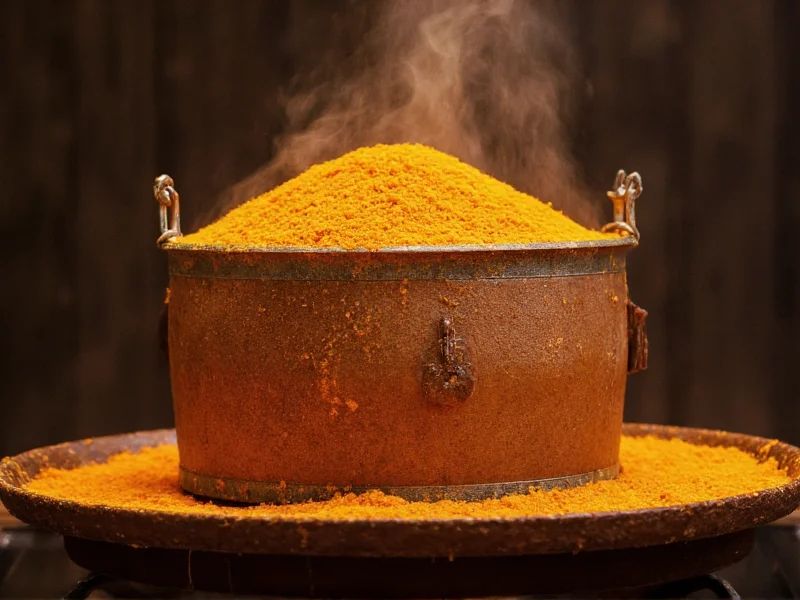Understanding proper molasses storage time is essential for both home cooks and food industry professionals. This thick, sweet syrup derived from sugar cane or sugar beets maintains remarkable stability thanks to its high sugar concentration, which naturally inhibits bacterial growth. However, improper storage can lead to quality degradation, crystallization, or mold formation that affects both flavor and safety.
Factors Affecting Molasses Shelf Life
Several key elements determine how long your molasses remains at peak quality. The type of molasses significantly impacts storage duration, with blackstrap molasses generally maintaining quality longer than lighter varieties due to its lower moisture content. Storage temperature plays a crucial role—consistent cool temperatures slow degradation, while temperature fluctuations encourage crystallization. Container integrity matters greatly; airtight containers prevent moisture absorption and contamination. Exposure to light accelerates quality loss, particularly in clear containers. Finally, contamination from utensils introduces moisture and microbes that can compromise the product.
Molasses Storage Timeframes by Type
Understanding the specific storage time for different molasses varieties helps optimize pantry management. The following table details expected shelf life under proper storage conditions:
| Molasses Type | Unopened Shelf Life | Opened Shelf Life (Room Temp) | Opened Shelf Life (Refrigerated) |
|---|---|---|---|
| Light Molasses | 18-24 months | 6-8 months | 12-18 months |
| Dark Molasses | 24-30 months | 8-10 months | 18-24 months |
| Blackstrap Molasses | 30-36 months | 10-12 months | 24-30 months |
| Sulfured Molasses | 12-18 months | 4-6 months | 8-12 months |
Optimal Storage Conditions for Maximum Shelf Life
Proper storage techniques significantly extend molasses storage time while preserving flavor integrity. Always transfer opened molasses to an airtight container with minimal headspace to reduce air exposure. Glass or food-grade plastic containers work best, as metal can react with the acidic components. Store in a cool, dark pantry location away from heat sources like ovens or direct sunlight. Maintain consistent temperatures between 50-70°F (10-21°C) for optimal results. For long-term storage exceeding one year, refrigeration becomes essential to prevent quality degradation. Avoid storing near strongly scented foods, as molasses can absorb odors through microscopic container permeations.
Identifying Spoiled Molasses: Key Indicators
While molasses rarely becomes unsafe due to its natural preservative properties, quality deterioration affects culinary results. Visible mold growth on the surface represents the clearest sign of spoilage requiring immediate disposal. An unusual sour or alcoholic smell indicates fermentation has begun. Significant texture changes, such as excessive crystallization that doesn't dissolve when heated, suggest quality loss. Separation of liquid components that doesn't remix with stirring may indicate spoilage. Darkening beyond the product's natural color or development of off-flavors during tasting also signals degradation. Remember that minor crystallization or slight thickening typically doesn't indicate spoilage but rather natural sugar concentration changes.
Practical Tips for Extending Molasses Freshness
Implement these professional storage techniques to maximize your molasses shelf life. Always use clean, dry utensils when handling to prevent moisture introduction. Consider dividing large containers into smaller portions to minimize air exposure during repeated use. Adding a thin layer of neutral oil (about 1/8 inch) on the surface creates an oxygen barrier for extended storage. For refrigerated molasses, allow it to return to room temperature gradually before use to prevent condensation. When measuring viscous molasses, lightly coat your measuring cup with cooking spray for easier pouring and more accurate measurements. Never store molasses in the freezer, as freezing causes irreversible texture changes and separation.
Understanding 'Best By' Dates on Molasses
The date printed on molasses containers represents the manufacturer's estimate of peak quality duration, not an expiration date. This "best by" timeframe typically indicates when the product will maintain optimal flavor and texture under proper storage conditions. Unopened molasses often remains usable well beyond this date when stored correctly. The high sugar content creates an environment inhospitable to most pathogens, making molasses remarkably stable. However, flavor intensity gradually diminishes over time, and subtle quality changes may affect delicate recipes. Always inspect older molasses for signs of spoilage before use in critical applications like baking or candy making.
Does molasses ever go bad if stored properly?
Properly stored molasses rarely spoils due to its high sugar content, which inhibits bacterial growth. While it maintains safety indefinitely under ideal conditions, quality gradually declines after 2-3 years. You might notice flavor changes, thickening, or crystallization, but it remains safe to consume unless mold appears or it develops off odors.
Can you freeze molasses to extend its shelf life?
Freezing molasses is not recommended as it causes irreversible texture changes and separation when thawed. The extreme temperature change disrupts the syrup's molecular structure. Instead, refrigeration effectively extends opened molasses shelf life to 18-24 months while maintaining proper consistency for cooking and baking applications.
Why does my molasses become thicker over time?
Molasses naturally thickens as moisture evaporates, even in sealed containers. Temperature fluctuations accelerate this process. To restore consistency, gently warm the container in hot water for 10-15 minutes, then stir thoroughly. Avoid adding water directly, as this dilutes flavor and creates potential contamination points. Proper airtight storage minimizes this thickening effect.
How can I prevent crystallization in stored molasses?
To prevent crystallization, ensure your storage container is completely airtight with minimal headspace. Store at consistent room temperature away from heat sources. Adding a small amount of acid (like 1/4 teaspoon of lemon juice per cup) can help maintain smooth texture. If crystallization occurs, gently warm the container in hot water and stir until crystals dissolve, then transfer to a clean, dry container.
Is it safe to use molasses past its printed date?
Yes, unopened molasses remains safe well past its printed date when stored properly. The "best by" date indicates peak quality, not safety. Unopened containers typically maintain good quality for 18-24 months beyond this date. Always inspect for mold, off odors, or unusual texture before use. If any signs of spoilage appear, discard the product immediately.











 浙公网安备
33010002000092号
浙公网安备
33010002000092号 浙B2-20120091-4
浙B2-20120091-4